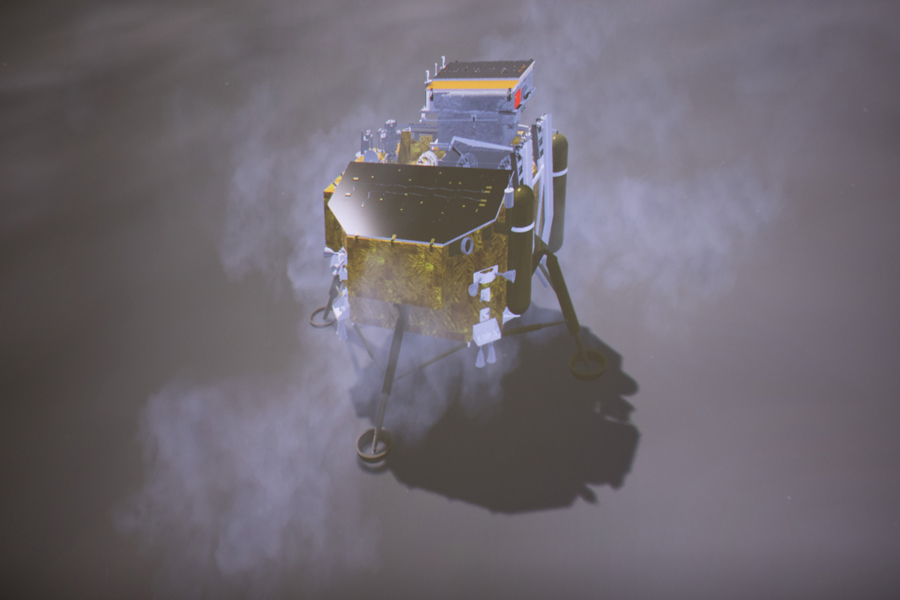Space industry soars to new heights
By ZHAO LEI | China Daily | Updated: 2019-01-10 07:27

Global implications
Yang Yuguang, a senior space industry observer in Beijing and a member of the International Astronautical Federation's Space Transportation Committee, said many of China's space efforts last year were not only important to the nation itself, but also had global significance.
These included the Chang'e 4 lunar mission and the accelerated construction of the Beidou Navigation Satellite System.
The Chang'e 4 spacecraft was launched atop a Long March 3B rocket early last month at the Xichang Satellite Launch Center in Sichuan province-the country's fourth lunar expedition.
After a four-and-half-day journey and about 22 days of preparations in lunar orbit, the probe made its landmark soft landing on the far side of the moon on Jan 3, accomplishing a goal sought by scientists for decades.
The descent and landing were conducted through control signals from the Beijing Aerospace Control Center transmitted via China's Queqiao relay satellite, another technological highlight of the mission. Queqiao, named after a legendary bridge between the Earth and the moon, was launched in May.
Wu Weiren, chief designer of China's lunar program, said the descent and landing were perfect. He described the mission as "an important milestone for China's space exploration", adding that it is a good start for future efforts.
Ten hours after the landing, the probe released its rover, the Yutu 2, or Jade Rabbit 2, to roam and survey the landing site in the enormous South Pole-Aitken basin, widely considered the largest and deepest known basin in the solar system.
Tidal forces on Earth slow the moon's rotation to the point that the same side always faces the Earth. Most of the far side is never visible from Earth.
























